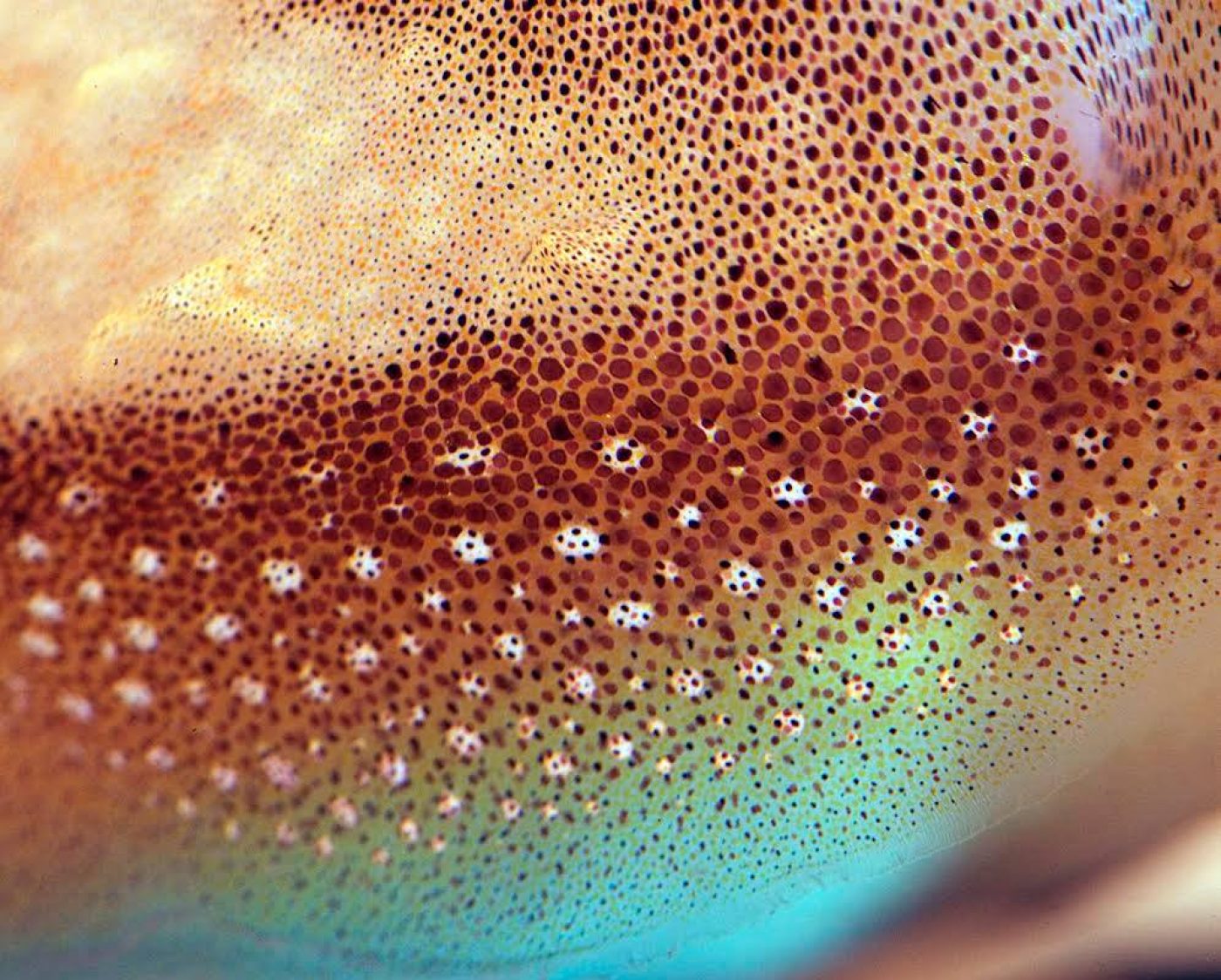Skin Deep
Editorial

Since the first edition in 2010, the Media Architecture Biennale has managed to take advantage of the ambiguity of the term ‘media architecture’, elusively shapeshifting across technological developments and urban applications – yet always keeping the same strong attitude: the relentless self-inquiry across the borders, thresholds, and reach of the field.
The physical event provided the occasion to gather all the multiple interpretations spawned in the previous 48 months, and to confront them with discoveries, trends, and new concerns. A stage for questions.
The introspective mission into one’s agency seems especially valuable today, now that planetary-scale computation is changing (or ‘interfering with’) the way we trust each other as well as institutions. Urban technologies have already become so embedded in our experience of environments that they started becoming trust-building architectures themselves, operating at all temporal scales: past, present, and future.
On one side, the platforms we use every day to connect with strangers (for rentals, deliveries, dates) build trust by managing the past, thus the past accumulates and becomes reputation – similar to credit catalogs. When it is not possible to know anything about the other party’s reputation, then distributed ledger technologies [blockchain, etc.] are designed so that you don’t need to care about it at all. “Trust math, trust encryption”, so they minimize risks by setting up a system where algorithms prevent deviant behaviors – in a way, controlling the present. Otherwise, the plethora of recommending systems (from the banalest ‘you may also like’, to artificial intelligences and machine-learning systems) use a third way to manufacture trust: interpreting noisy conglomerates of past data to identify patterns, in order to limit the risk of future contingencies – actively predicting your future.
The ambition of MAB20 marks another step in the Biennale emancipation: from a literal understanding of skin – in which the façade is the expressive outer layer of a building – to its full epidermal potential as the largest sensorial organ of the urban body; able to sense, feel, transmit and mediate the flow of electrons and chemicals, inwards and outwards. After decades of urban technologies promoting and extending vision (practically and allegorically), this is an important shift – both in the hierarchy of senses, and in sense-making.
Image: The cuttlefish can change the texture of its skin according to its environment. Photo by Shirin Amouei.